Polyanthus rose: a fragrant haze of flower scattering in your garden
Content
Characteristics and features
Polyanthus roses were obtained by crossing a multi-flowered dwarf rose with re-blooming Chinese hybrid tea forms, from which they fully inherited a compact dense crown and numerous fragrant inflorescences. 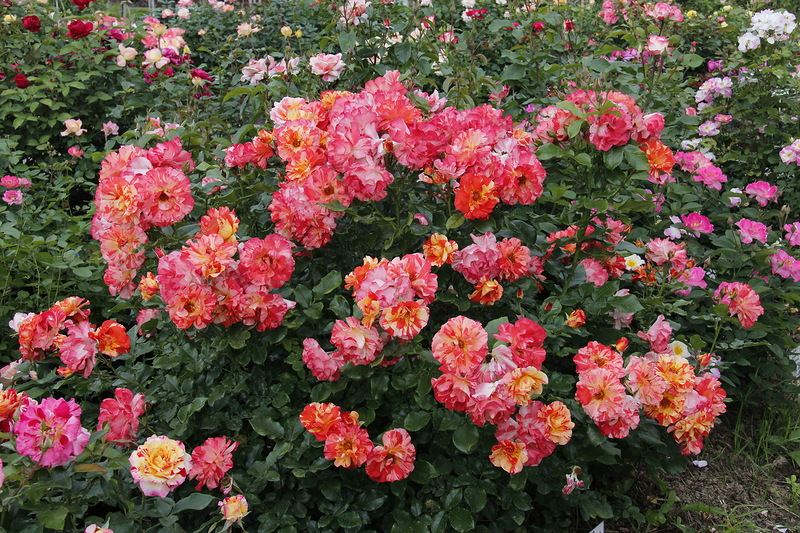 The first varieties of these roses were bred in France at the end of the 19th century by the breeder and owner of a private rose nursery, Jean-Baptiste Guillot.
The first varieties of these roses were bred in France at the end of the 19th century by the breeder and owner of a private rose nursery, Jean-Baptiste Guillot.
Possessing a full set of the best characteristics: frost resistance, high immunity to diseases, long and repeated flowering, roses quickly gained popularity, and soon began to decorate gardens and parks in many countries of the world.
It is rather difficult to argue about what polyanthus roses are today, since many breeders have used them as the basis for breeding new hybrids. For example, English and Danish breeders have bred entire groups of hybrid tea roses, adapted to the characteristics of individual countries. Despite such a wide interest in this species, the color palette of polyanthus roses is still somewhat limited, but this shortcoming is more than compensated for by the beautiful ornamental type of plants.
Polyanthus rose is ideal for decorating any landscape space. Its low (on average 50 cm), densely leafy bushes are widely used to decorate flower beds, as borders, and constantly blooming and fragrant semi-double flowers create a bright accent, both in the composition and in a single planting. Bright inflorescences, consisting of a large number (more than 50) small roses (3-5 cm in diameter), are the main advantage of the species. In addition, these roses are completely thornless, which makes caring for them easy and enjoyable.
High vitality is a distinctive feature of polyanthus roses. They are so frost-resistant that they do not freeze even in the Urals and Siberia. Their flowering is always at the highest level, since the main enemy of roses is fungal diseases, they are not at all afraid of them. And so that it does not happen to the ground part of the bush, new shoots grow very quickly from root buds, and the formation of buds can occur on shoots only 10 cm long.
Special Features Video
From the video you will learn about the distinctive features of this bush.
Popular varieties
It should be noted that with the advent of new varieties and hybrid forms, polyanthus roses have slightly lost their relevance, but their best varieties always remain at the peak of popularity:
- The Border King is a very spectacular rose often used as borders. The bush is neat (up to 70 cm), with small, bright green leaves. It attracts attention with the original color of the flowers: bright red at the edge and white in the middle, collected in large inflorescences of 40-45 buds.
- Orange Triumph is a weather and disease resistant variety with amazingly beautiful red-orange double flowers. Due to the multiple inflorescences (45-50 roses each), the bush looks elegant and bright. A rose of this variety blooms until frost.
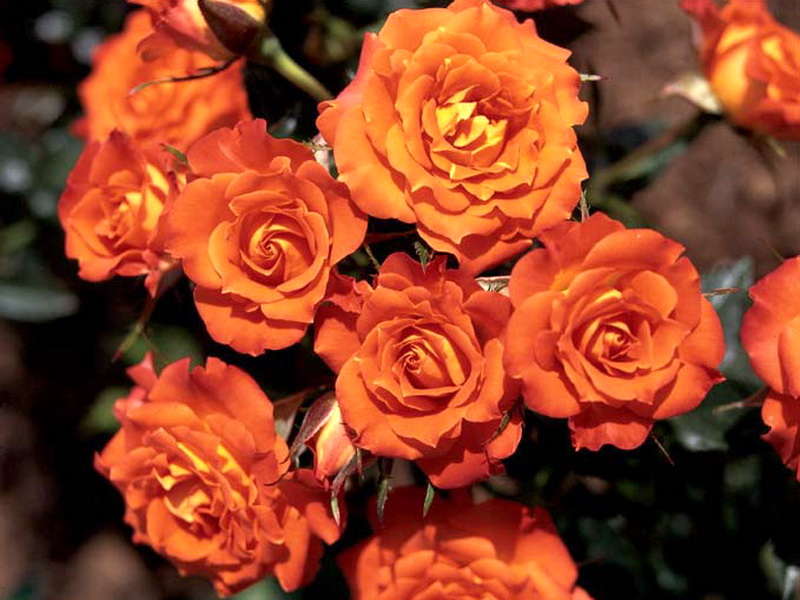
- Angel wings are a compact, undersized (30 cm) bush with small (4-5 cm) delicate flowers of a pale pink, almost white color, which are collected in inflorescences of 10-15 pieces. Perfect for group compositions, as borders, for planting in pots and containers.
- Shocking Blue is a very unusual rose color, with tints of raspberry, lilac, pink and lilac shades. The bush is low (up to 50 cm), spreading, with dense dark green foliage. The flowers are large, semi-double, on the shoot are located singly, or in inflorescences of 3-4 roses.
- Holstein (HoLsiein) is a medium-height bush (up to 80 cm) with fast-growing and strongly branching shoots. The buds are graceful, with large crimson petals, collected in inflorescences of 10-15 roses. It does not lose its decorative effect for a long time, blooms until frost.
- Polyanthus Angelic Rose is considered one of the most popular varieties. The miniature size of the bush allows it to be grown in pots. Like many indoor flowers, she loves sunlight, intense watering and spraying.
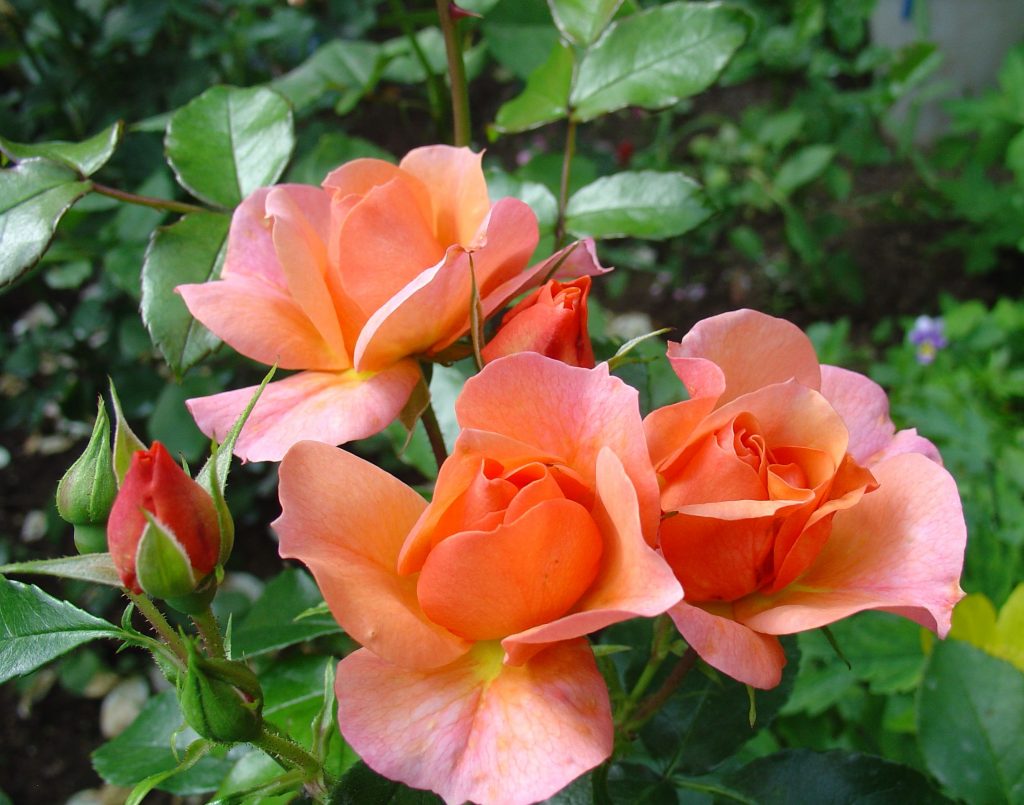 It blooms all year round with rather large (2-9 cm) semi-double flowers of a varied color palette: from pink to lilac and white. It reproduces successfully by seeds.
It blooms all year round with rather large (2-9 cm) semi-double flowers of a varied color palette: from pink to lilac and white. It reproduces successfully by seeds.
Growing from seeds
Polyanthus roses are most successfully propagated by cuttings and seeds. Yes, this is a rather rare species of roses, for which growing from seeds is not only possible, but also desirable. Getting new seedlings in this way is no more difficult than growing from cuttings, but for this it is necessary to carry out the following measures:
- at the end of summer, choose a little unripe, but the largest fruits;
- with a sharp knife, carefully make several cuts on the skin of the fruit, this procedure will help the seeds to ripen more quickly;
- after a couple of days, remove the seeds from the fruit box, carefully peel from the pulp, dry and save.
Sowing seeds in pots is done in the second half of February, but not later than the beginning of March. It takes about 2 months from the beginning of sowing to the appearance of the first shoots, and it will take at least 2 months for seedlings to get stronger before planting in open ground. Before sowing in pots, the seeds must be prepared: stratified and soaked.
Stratification is carried out as follows:
- gauze or cotton cloth is moistened with hydrogen peroxide (if there is no peroxide, you can moisten it with water);
- spread the seeds on a damp cloth in a thin layer;
- cover with another damp piece of fabric on top (you can simply fold the fabric in half);
- then the tissue with seeds is placed in a polyethylene bag;
- then this bag is placed in the refrigerator in the lower (vegetable) compartment for a week.
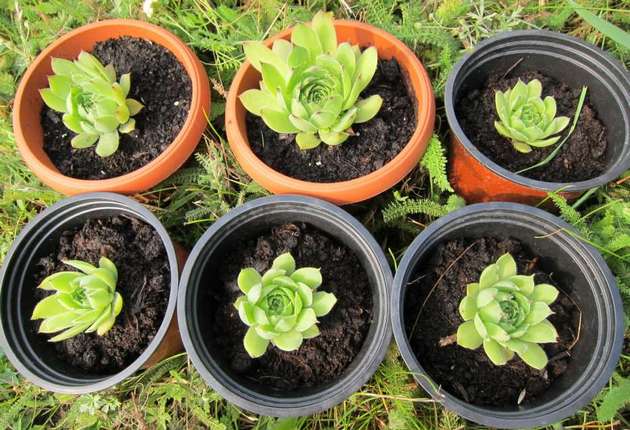
After a week, the seeds are taken out of the refrigerator, soaked for a day in any growth stimulator, and then sown in a prepared substrate. In flower shops, you can buy a ready-made soil mixture for growing roses, and at home, a light substrate can be prepared from peat and perlite in a 1: 1 ratio. The seeds are planted in a moistened substrate to a depth of 0.5 cm, covered with glass or foil and placed in a dark place.
Further care consists in periodically moistening the soil.
As soon as the seedlings germinate, the shelter is removed, and the pots are transferred to a bright room. While the sprouts are small, they must be protected from direct sunlight. 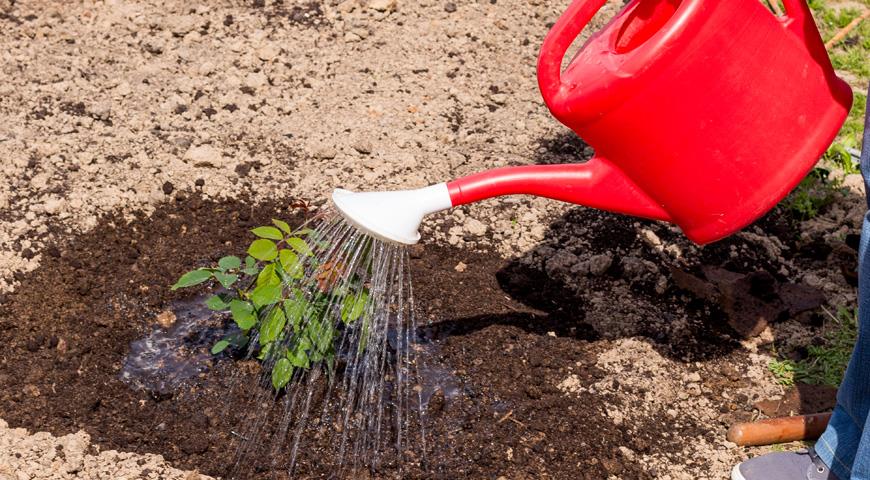 After a while, plants with a small lump of earth are recommended to be transplanted into separate pots, and a month later to be planted in a permanent place in the ground. With this method of cultivation, the bush begins to bloom in the second year.
After a while, plants with a small lump of earth are recommended to be transplanted into separate pots, and a month later to be planted in a permanent place in the ground. With this method of cultivation, the bush begins to bloom in the second year.
Landing rules
Like all garden roses, polyanthus is recommended to be planted in areas well-lit by the sun and protected from the winds. The landing site should be level or at a slight elevation to help prevent stagnant rain or melt water. The most suitable soil for polyanthus roses is a loose, fertile mixture consisting of loamy soil and organic matter (humus, peat). Planting in black soil is also possible, but it must be supplemented with drainage materials: peat, coarse sand. It is not recommended to plant roses in sandy soil, as it gets very hot in summer and deeply freezes in winter.
The seedlings are planted in the ground in the spring, when the ground warms up to 8-10 ° C - presumably this is the end of April - the beginning of May. The area intended for roses must be dug up, cleaned of lumps, roots and other debris, mineral and organic fertilizers (compost, wood ash) must be added. 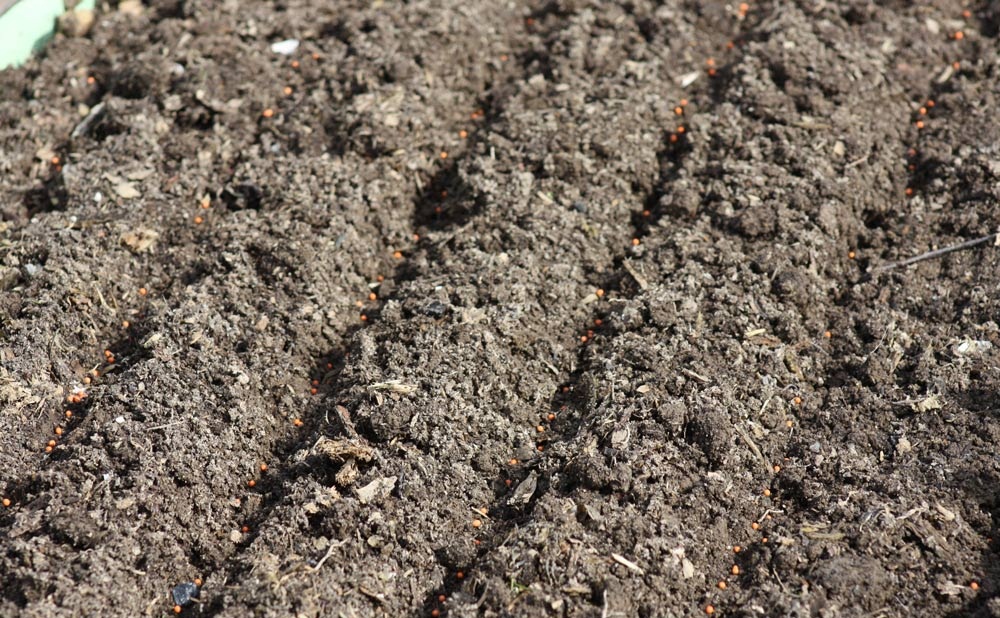 Since the bushes of polyanthus roses are compact and low, the holes for the seedlings are dug small (depending on the size of the rhizome). The distance between the bushes depends on the varietal characteristics:
Since the bushes of polyanthus roses are compact and low, the holes for the seedlings are dug small (depending on the size of the rhizome). The distance between the bushes depends on the varietal characteristics:
- plants up to 50 cm in height are planted at a distance of 35-40 cm;
- with a bush height of 0.8-1 m, the distance should be 50-70 cm;
- bushes with a height of more than 1 m are planted at a distance of 1-1.2 m.
Immediately before planting, the bottom of the planting hole is moistened, the seedling is placed vertically in it so that the roots are 7-10 cm below the soil level. The planted bushes are watered again, slightly spudded with dry earth, if desired, mulched with organic matter.
Care advice
Although polyanthus roses are not very demanding on care, elementary measures such as moisturizing, feeding and standard pruning should not be neglected, since the development and flowering of plants depends on them.
Watering is not critical for this type of rose. Polyanthus rose is capable of growing in both dry and overly moist soil, however it will thrive in slightly damp soil. From time to time (as the soil dries up), it is recommended to water the bushes at the root and to sprinkle the crown in the evening hours.
Mulching is optional, but desirable for roses. Beautiful mulch not only retains moisture in the soil, but also gives the plants a well-groomed decorative look. In addition, mulching will eliminate the need to loosen the trunks and remove weeds.
Top dressing ensures the overall development of plants and flowering in particular. They are able to enhance the growth of shoots, improve and accelerate the formation of buds. Fertilize roses from spring to mid-summer. In August, top dressing is not recommended, since the protracted vegetation process reduces the winter hardiness of plants.
As top dressing, you can use special complex mixtures for roses or liquid droppings in a ratio of 1:20. The first two dressings are applied during the budding period and during the formation of buds, the rest, as necessary, if the bushes lose their decorative effect or bloom again. In the spring, preventive spraying should be carried out against diseases and possible pests.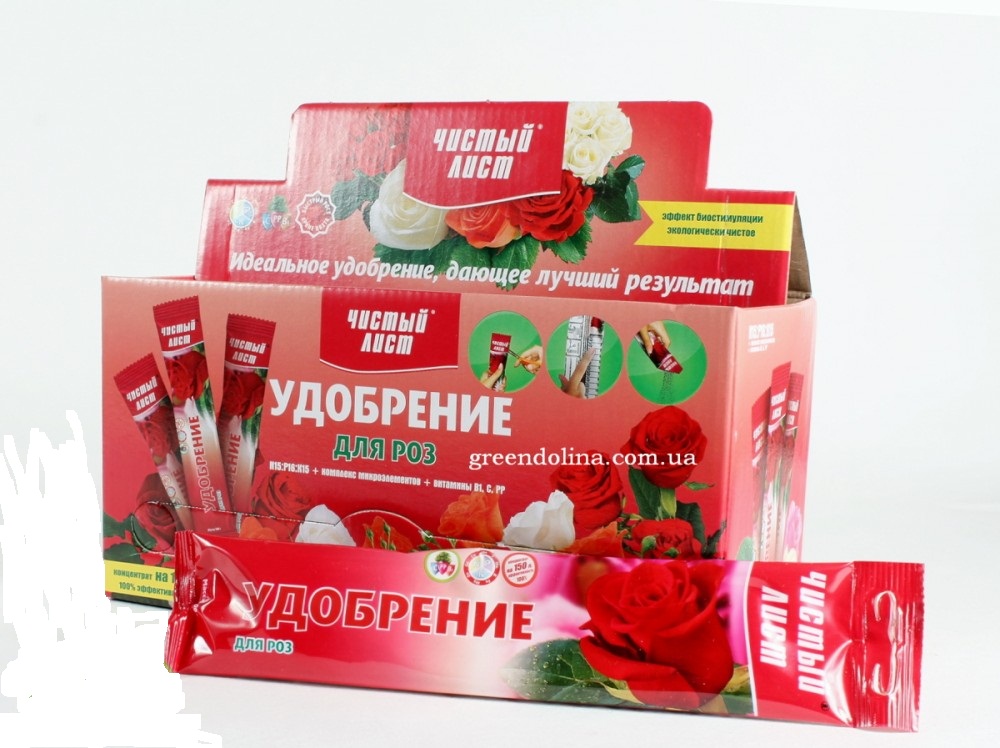
Throughout the season, it is necessary to carry out work on fixing, directing the shoots in the right direction, tying up bushes, removing faded shoots. In the spring, it is advisable to carry out sanitary and formative pruning: remove all damaged branches, and shorten healthy ones by a third. The polyanthus rose, the cultivation of which is described here, branches well in itself, but the spring pruning of the tops will make its crown even more luxuriant and more decorative.
Planting and Care Video
From the video you will learn how to properly plant and care for the bush.



